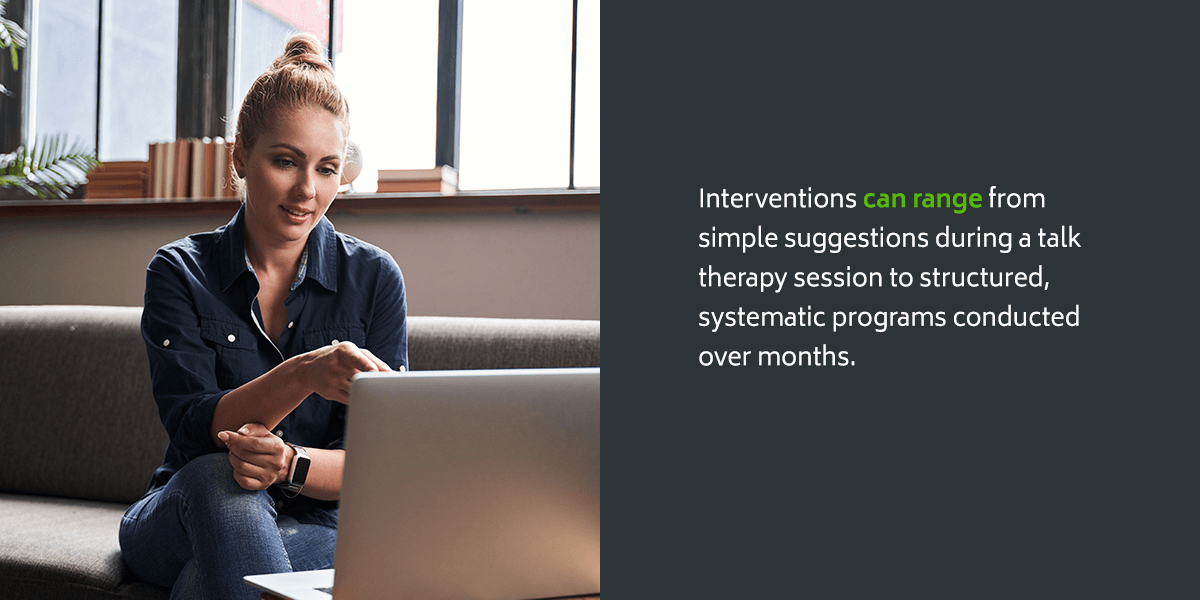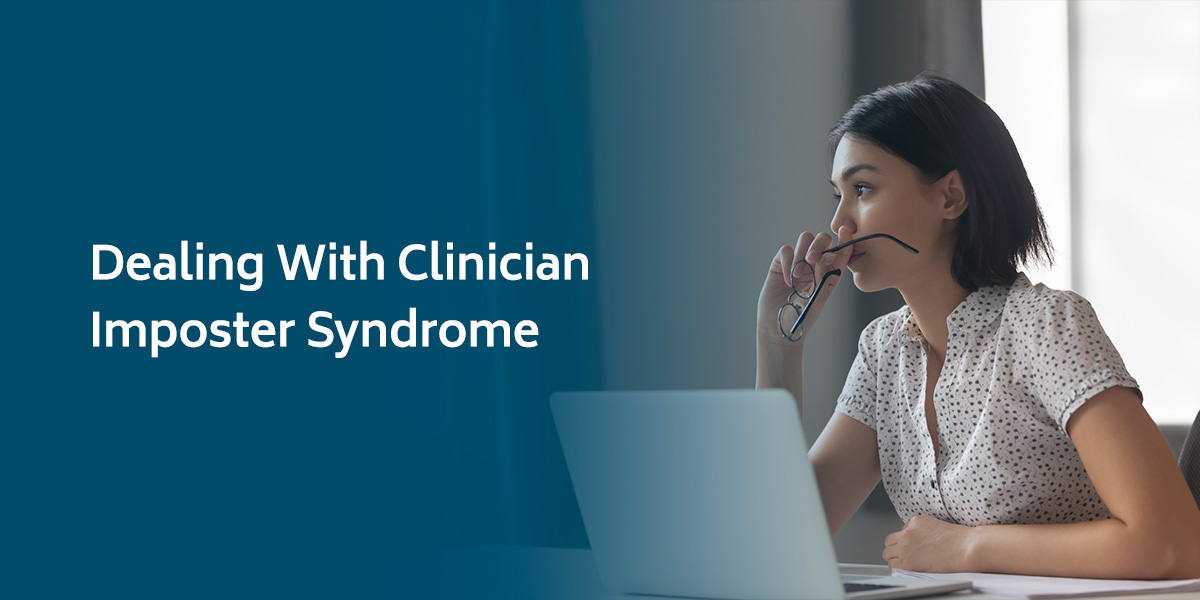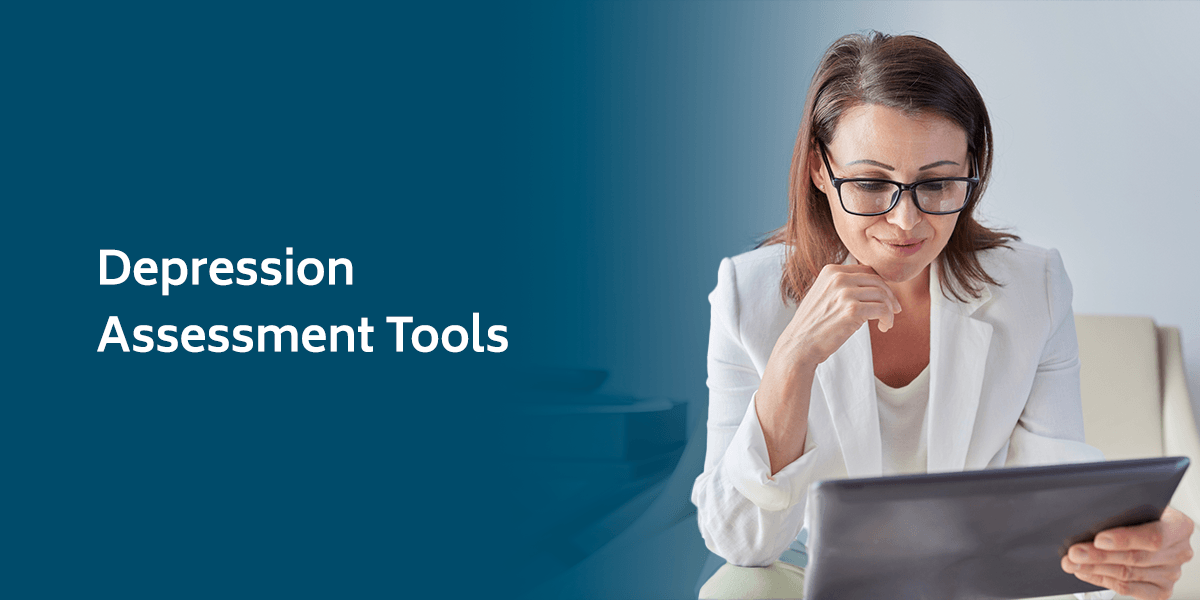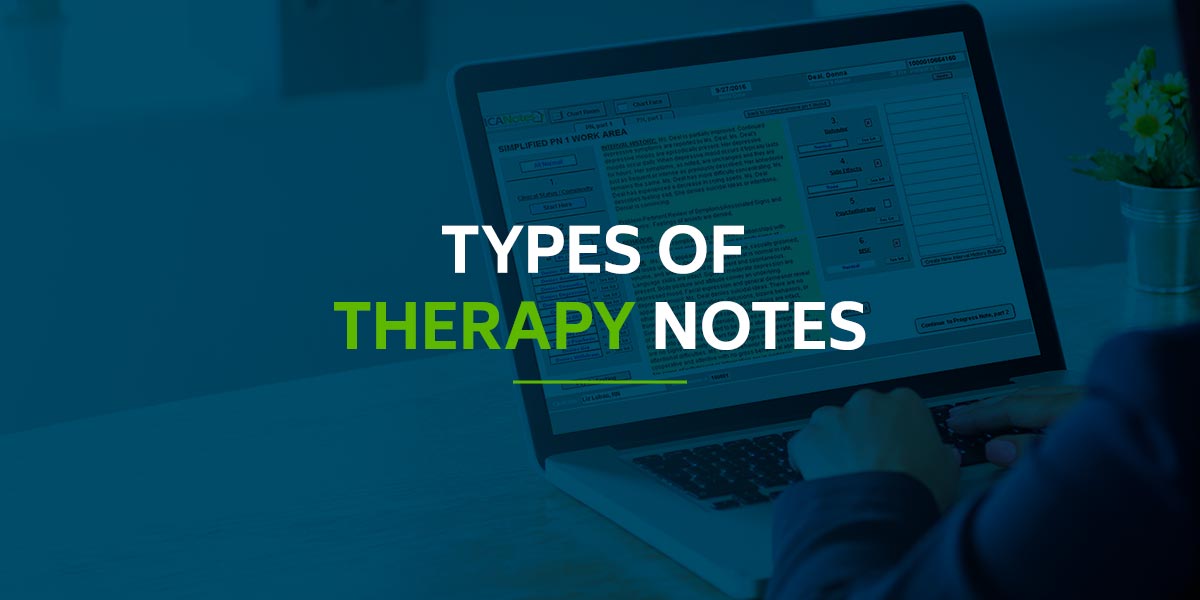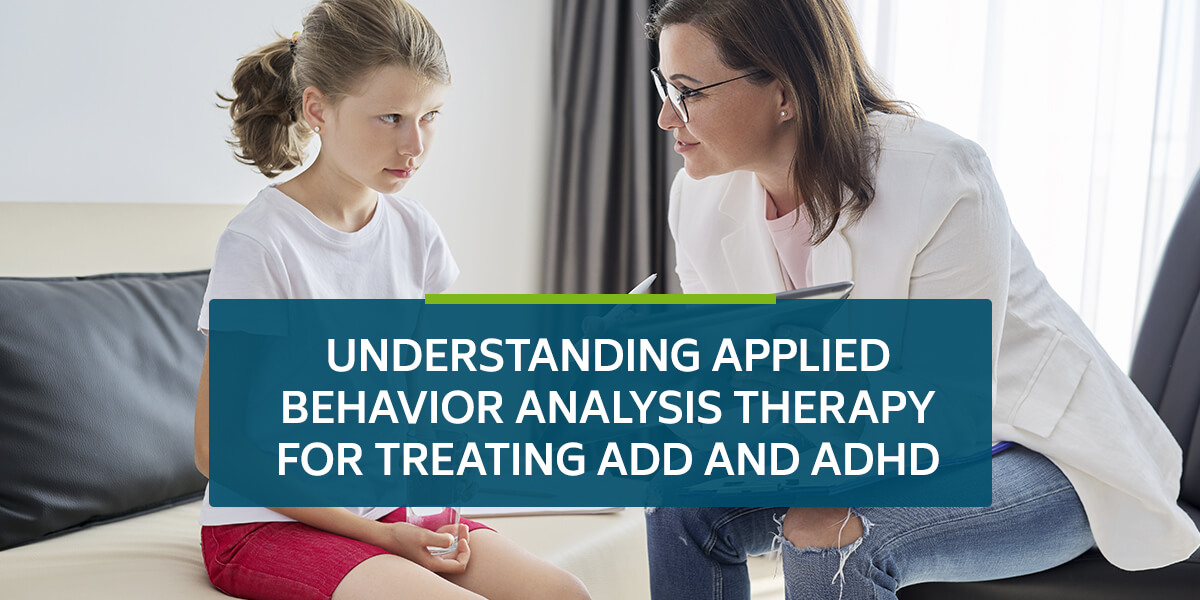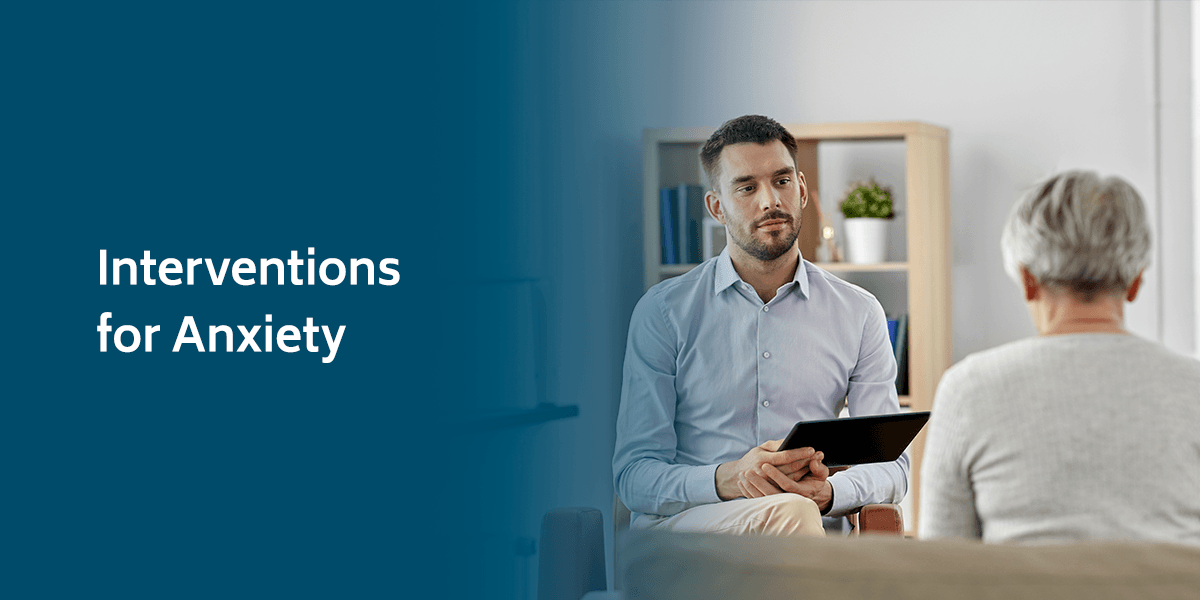
Interventions for Anxiety
As the most common mental health disorder in the U.S., anxiety affects nearly a fifth of the population every year. Consequently, interventions for anxiety are a crucial part of any mental health provider's practice. Anxiety disorders can come in many forms, and treatment approaches vary widely. Let's explore how you can best help your patients cope with anxiety disorders and make progress in their treatment plans.
Table of Contents
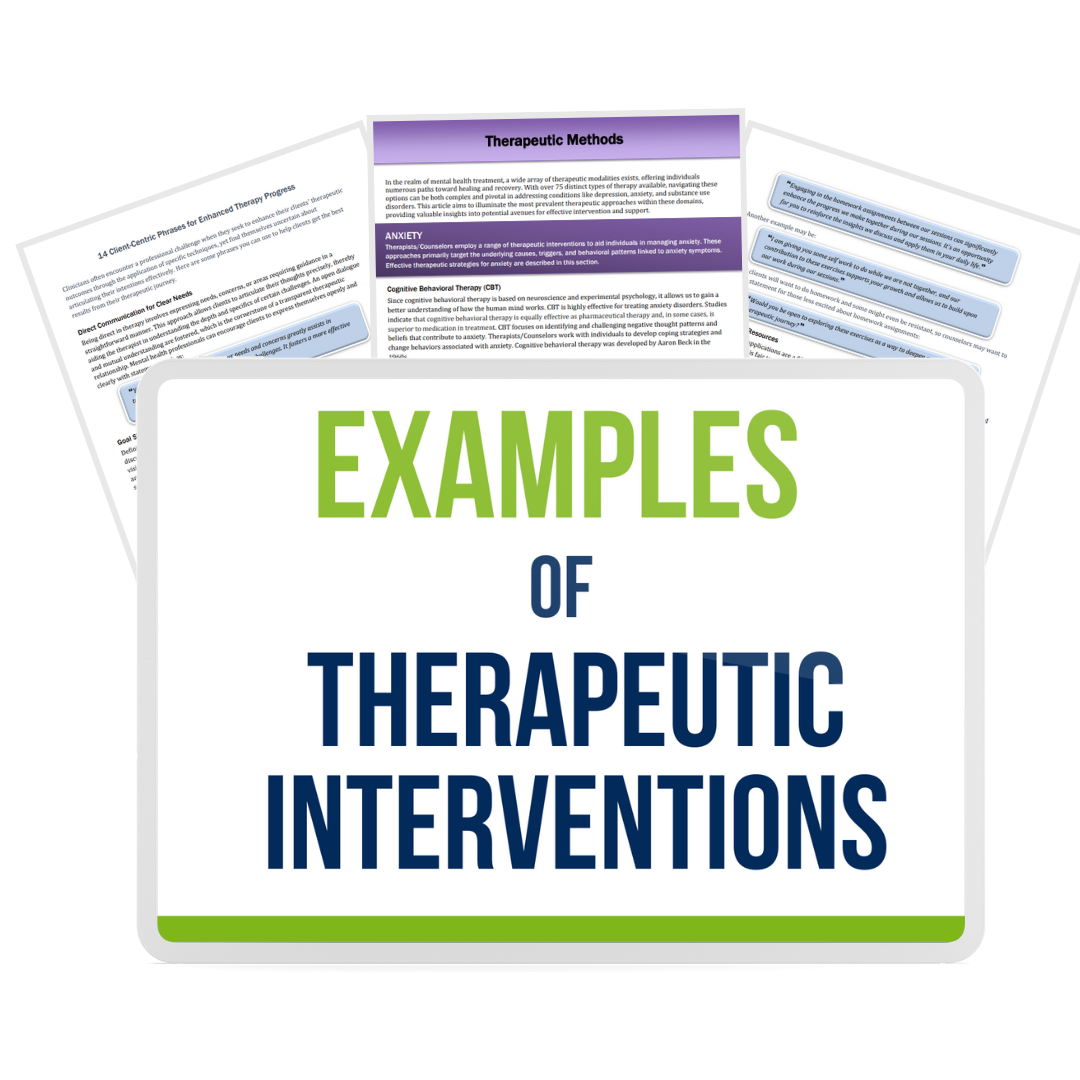
Understanding Anxiety
Anxiety can have diverse presentations, but it generally involves fear, worry, and rumination about the future. While some stress is necessary to keep us alert and prepare for danger, too much can impair our daily ability to function. Patients may come to see you after experiencing anxiety's physiological, cognitive, and emotional symptoms.
Common anxiety disorders include:
- Generalized anxiety disorder
- Social anxiety disorder
- Panic disorder
- Specific phobias
- Obsessive-compulsive disorder
- Post-traumatic stress disorder
Anxiety frequently co-occurs with other behavioral disorders, like depression, bipolar disorder, and attention-deficit hyperactive disorder, which can sometimes make it hard to diagnose or complicate the treatment plan. Counselors must consider these related diagnoses when selecting interventions.
How to Help Your Clients Cope With Anxiety
Interventions for anxiety can fall under a few different categories. What's right for one patient may not be a good fit for another. Many interventions align themselves with one or more therapeutic approaches. Below are some common techniques used to guide anxiety interventions.
- Cognitive-behavioral therapy: CBT is perhaps the best-studied and most effective anxiety treatment. CBT focuses on identifying, understanding, and reframing thoughts to achieve desired behaviors. Since anxiety stems primarily from unhelpful thought patterns and experience processing, CBT can be particularly successful. You might use it to help a client see the irrationality of their worries or reduce the fear associated with a situation. For some patients, CBT works well in group environments, too.
- Attention bias modification: Attention bias or cognitive bias modification is a lesser-known option that uses computer programs to help reduce the patient's hyperawareness of perceived environmental threats. Some methods, like visual-search modification, show promise as an adjunctive treatment technique to help balance mood for patients with anxiety or depression.
- Acceptance and commitment therapy: ACT focuses on accepting “negative” emotions and experiences so the patient can move forward with healing. It promotes psychological flexibility and pairs well with CBT and mindfulness strategies.
- Exposure therapy: Exposure therapy is a powerful solution with strong efficacy for a wide range of anxiety disorders. Phobias, anxiety, and PTSD seem to respond particularly well. Exposure therapy involves gradually desensitizing the patient to their triggers. You might use relaxation techniques, “in vivo” real-world exposure, or simulated exposure. Highly trained therapists may use a “flooding” method to give the patient a sudden, intense exposure.
- Psychoeducational therapy: This approach hinges on the patient's understanding of their disorder. It can help normalize the condition and minimize feelings of shame or guilt. A therapist using psychoeducational strategies might teach the client about their mental health, work with family and friends to gain their support, or help build a toolkit of strategies to manage symptoms.
Effective Interventions for Anxiety Management
Interventions can range from simple suggestions during a talk therapy session to structured, systematic programs conducted over months. Below are some well-studied interventions that may help your patients with anxiety.
1. Mindfulness Strategies
Mindfulness strategies are simple, low-risk activities that can help patients connect with their bodies and view thoughts from an observational, non-judgmental perspective. They're effective for many anxiety disorders and often used in CBT and ACT approaches.
Some examples of mindfulness strategies include:
- Meditation
- Yoga
- Deep breathing
- Progressive muscle relaxation
- Body scanning
2. Thought Challenging
CBT largely relies on identifying maladaptive thoughts and replacing them with healthier ones. Thought challenging aims to reframe anxious thoughts more objectively by identifying evidence for and against a situation.
Thought challenging can help a patient develop a more balanced, realistic view of a situation. If a patient is afraid of being bitten by a spider, you might point out the lack of venomous spiders in the area or describe the mundane activity of heading to the doctor's office for treatment if a bite were dangerous.
3. Graded Exposure and Systematic Desensitization
A common form of exposure therapy is graded exposure, in which you ask clients to confront their fear in increasing levels of severity. A patient with arachnophobia might start by looking at pictures of spiders, then work their way up to holding one while reflecting on their experiences in each stage.
You can combine graded exposure with systematic desensitization, adding relaxation exercises to help the patient associate the trigger with a more relaxed state.
4. Homework and Symptom Monitoring
As part of psychoeducational therapy, CBT, and many other approaches, giving patients homework and having them monitor progress outside your regular sessions can help in areas like awareness and treatment adherence. You might provide a worksheet that allows your client to use relaxation skills in an applied setting or ask them to track progress on meditation or deep breathing exercises. Apps can also be beneficial tracking tools.
5. Excercise, Diet, and Sleep Hygiene
Your client might already know that a good diet, exercise, and sleep hygiene can help them reduce anxiety symptoms. Encourage these healthy behaviors and see if you can help the patient problem-solve to remove barriers. For instance, if your patient struggles to make time to go to the gym, see if they would be willing to try at-home workouts.
6. Parent Involvement
For children with anxiety, be sure to include the parents in the treatment plan whenever possible. Help them empower their child to solve their anxiety-related problems rather than seeking reassurance. Show them how to model healthy anxiety management, and have them set aside time to discuss the child's worries.
7. Toolboxes and Skills Training
Work with the patient to create a “toolbox” of skills and strategies they can fall back on when they feel anxious or panicky. This toolbox might include grounding strategies, like mindful breathing, body scans, or the 5-4-3-2-1 technique. Perhaps their toolbox is a literal box with a grounding object like a fidget toy. Maybe it has worksheets to guide them through relaxation or social skills training, building on concepts learned during therapy.
8. Art Therapy
Often used as an adjunctive treatment, art therapy can provide positive outcomes for various behavioral disorders, including anxiety. While you might seek training in art therapy or refer a client to an art therapist, you could also encourage the benefits of artistic expression by asking the patient to set time aside to paint, draw or sculpt.
How to Measure Anxiety in Therapy
Anxiety measurements can also come in several forms. You could ask the patient to rate their anxiety on a scale from one to 10 to track intensity over time, especially between therapy sessions or as part of a larger anxiety diary.
You might also use clinically validated assessment tools to measure anxiety levels. Some popular anxiety assessments include:
- Depression Anxiety Stress Scale - DASS-10 or DASS-21
- Generalized Anxiety Disorder Screener
- Hamilton Anxiety Rating Scale
- Zung Anxiety Scale
Learn How EHR Software From ICANotes Can Help With Documentation
If you work with patients with anxiety, you have many treatment options to choose from. Hopefully, this list has given you a better idea of how you can support your patients through counseling interventions. Whichever tools you use, make sure your electronic health record is helping you do your best work.
ICANotes is an EHR built for behavioral health providers. With built-in assessments and robust resources for documentation, billing, practice management, and more, ICANotes can help you stay organized, monitor progress and identify the best resources for your patients, all while minimizing paperwork and maximizing reimbursements. Learn more about the ICANotes EHR platform, and dive in with a free trial to see how a better EHR can help you implement effective anxiety interventions in counseling.
Start your free trial today — no credit card required!
Related Posts
Guide to Creating Mental Health Treatment Plans
Creating a Depression Treatment Plan
Creating Mental Health Treatment Plans For Addiction
Creating Treatment Plans for PTSD
How to Make Progress With Your Clients in Their Treatment Plans
Strategies for Reducing Stress, Anxiety and Burnout in the Workplace

